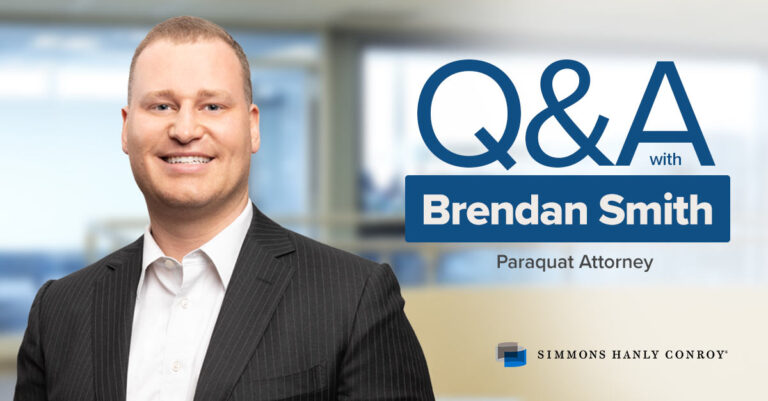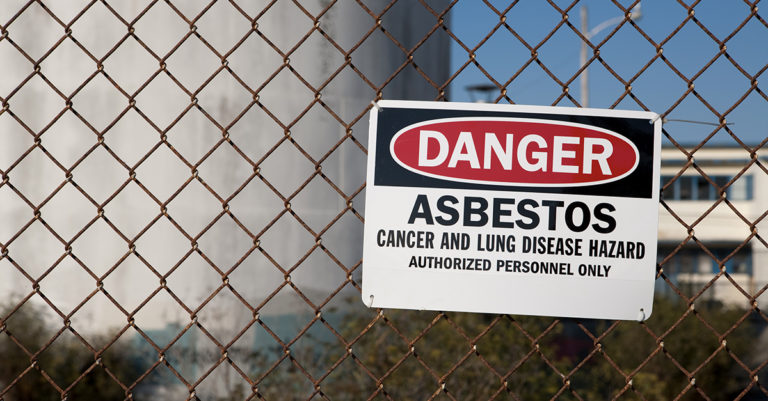At a vital turning point in opioid litigation, law firms like Simmons Hanly Conroy are now casting their net beyond chronic pain patients, whose lawsuits against opioid makers have generated millions in compensation for ailing families. Looking to make an even greater positive impact, Simmons Hanly Conroy is now spearheading a movement to fight Big Pharma on behalf of entire communities.
Thirteen counties – nine in New York, as well as Multnomah County, Oregon, Kankakee County, Illinois and Lafayette Parish and Avoyelles Parish, Louisiana – are the first involved in a nationwide complaint against the local effects of the opioid epidemic. These cities, towns and parishes are suing four major drug companies.
More cities and towns are expected to join this unprecedented lawsuit in the coming weeks, according to Jayne Conroy of Simmons Hanly Conroy. These will include Cape Cod, Massachusetts (part of Barnstable County), ranked top in its state for opioid overdose deaths.
“We all remain extraordinarily concerned about the impact of town services, not just on police and fire, but on the schools as well,” said Julian Suso, town manager of Falmouth, a Cape Cod town where seven young parents suffered lethal drug overdoses in 2016. “We are vitally concerned and very troubled by the impact on families as well as institutions in our town.”
The Staggering Costs Borne by Small Town America
Another county to join Simmons Hanly Conroy’s lawsuit will be Rockland County, New York, whose taxpayers pay millions of dollars in opioid-related costs. Rockland County has admitted more than 600 opioid patients to drug treatment programs in the last two years. So far this year, 16 of the county’s 18 overdose deaths resulted from opioids.
Rockland’s costs are primarily related to policing and treatment; a pattern similar in Cape Cod. A 2015 study conducted by the Barnstable County Department of Human Services valued opioid addiction costs in the Cape at $58 million per year: about 57 percent of this attributed to police, courts, jail and probation costs, with the remaining 43 percent paying for treatment and medical expenses.
“It’s an enormous burden on communities,” Conroy said. “And that burden is what the pharmaceutical companies did.”
Trapped Inside a Web of Deceit
Among such deceptive companies are Purdue Pharma, Endo Pharmaceuticals, Teva Pharmaceuticals and Janssen Pharmaceuticals. The complaint filed by Jayne Conroy and other representing firms on behalf of American communities alleges that these companies killed patients with false claims suggesting their opioid products were less addictive than alternatives. It states:
“They recognized that if they could cause their customers to become physically addicted to their drugs, they would increase the likelihood that their blockbuster profits would continue indefinitely.”
Purdue, for example, expanded its sales from $48 million in 1996 to nearly $1.1 billion by 2000. Such growth can be attributed to aggressive marketing ploys perpetuated, in part, by doctors, many of whom received illegal kickbacks from Pharma companies. Until 2001, Purdue held more than 40 all-expenses-paid symposia in regions with the highest records of opioid prescription. Fully aware of the power of these types of events to influence prescribing, Purdue fed physicians lies about its product, OxyContin – lies that would later be passed on to patients.
“We believe [doctors] were hoodwinked just like the consumers,” Conroy said. “A lot of information bombards the medical community and it’s hard to decide what is real and what is total fraud.”
It’s down to the Food and Drug Administration (FDA), then, to separate truth from lies. But according to Conroy, not even FDA researchers can distinguish between a safe drug and a killer.
“The FDA is totally reliant on drug companies’ honesty when they present their product,” Conroy said, adding that the agency lacks the resources to accurately fact-check industry-funded drug trials.
Misinformed by entities they should feel able to trust, patients jumped at the opportunity for addiction-free pain relief that OxyContin supposedly offered. By 2004, OxyContin was one of the nation’s most abused drugs.
Exposing Big Pharma for What It Is
Fortunately, this new lawsuit is expected to help communities recoup some of the money they lost trying to combat the epidemic. Rockland County, for example, is expected to receive 60 to 90 percent of any settlement. According to a contingency-based model, the case’s lawyers get paid only if they win, Conroy said.
The evidence, which shows huge increases in medical staff overtime pay, ambulance runs and overdose deaths – not to mention evidence of pharma companies bribing doctors and major medical foundations into endorsing opioids – will not be difficult to prove.
The sheer immorality of exploiting chronic pain for financial gain is obvious, but until now, communities have unfairly paid the price for devastation caused by Big Pharma.
“We’re holding all those responsible for this serious epidemic,” said Rockland County Executive Ed Day. “We’re up against the tide, holding on. The taxpayers have been shouldering the burden for this scourge.”




